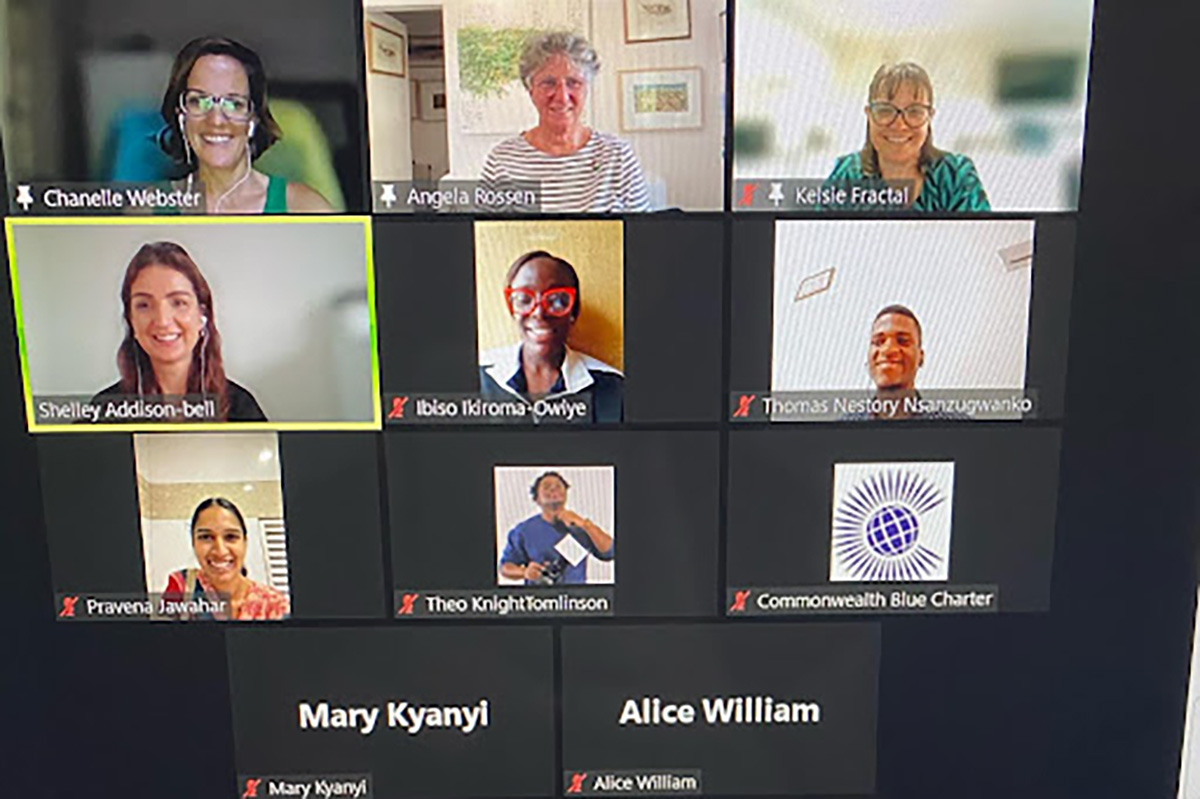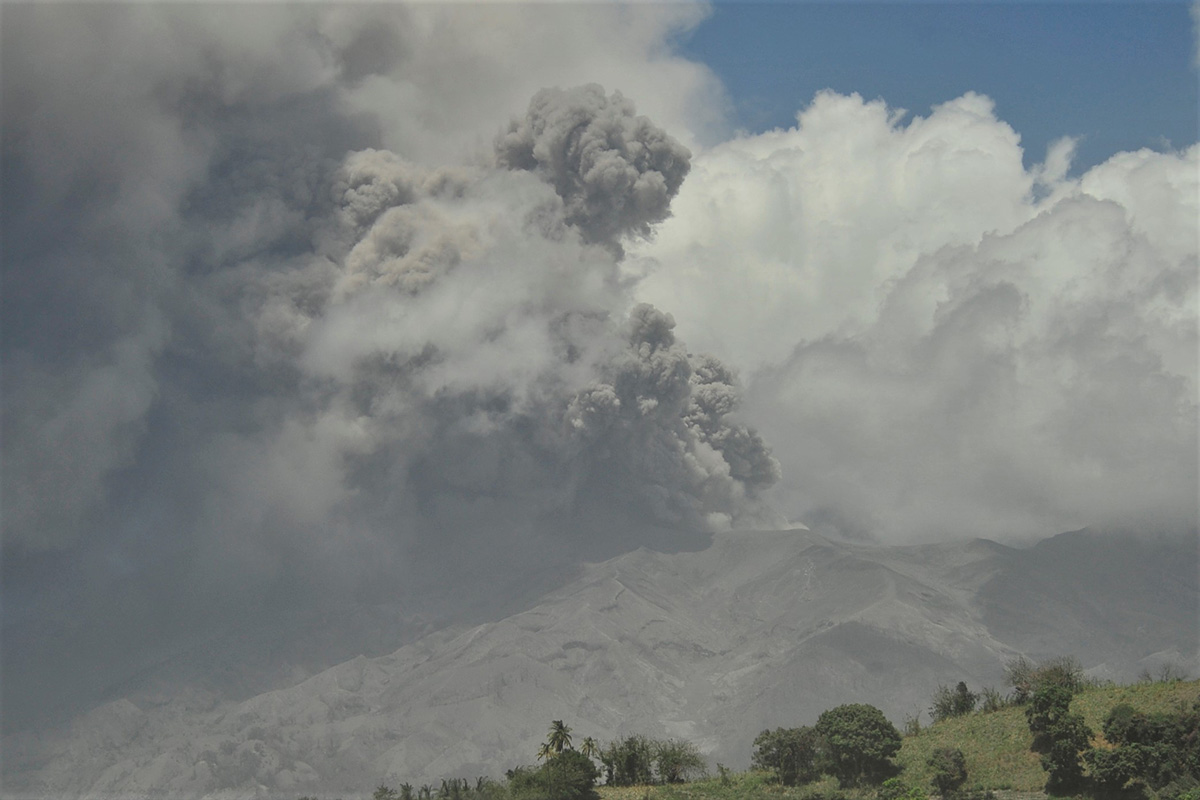Barriers for women to succeed in Climate Action
December 28th, 2021
Climate change is an undeniably dangerous aspect of our present and future. This shift in global weather patterns – mostly caused by human activity – is taking place rapidly. Although the COVID-19 pandemic resulted in lockdowns and economic slowdown, these factors did not decrease the expediting negative impacts of climate change, according to a report on the State of the Global Climate 2020 released by World Meteorological Organization. But lost in these reports, are the effects of climate change on the living conditions of women and girls, writes Aashraya Seth, 28-year-old Commonwealth Correspondent from India.
Seventy per cent of 1.3 billion people living in poverty in developing nations are women. Studies
show that women are 14 times more likely to die from a climate-related disaster than men and have to
bear the brunt of disproportionate resource depletion. When water and sanitation systems are
compromised, women and girls face greater risks in health and safety. They become
more prone to gender-based violence, maternal deaths, child marriage, and infections.
For instance, during the 2004 Tsunami in Thailand, more women than men died because they lacked
training to swim or climb trees; and because of socialisation and its dictates on gender roles, women
were taught to prioritise the safety of their family over their own safety. Following the 2016 hurricane
in Haiti and 2015 earthquake in Nepal, there were also increased cases of sex trafficking and forced
marriage of girls.
The main hindrance to finding veritable solutions to these problems is the failure to analyse climate
change and social issues as intersecting dilemmas. For example, improving women’s access to
healthcare and education can result in decreased fertility rates and in turn have a direct impact on
reducing emissions.
This is because as women spend more years in school, it increases opportunities
to access education grants, varied career options, the choice to delay marriage and hence have fewer,
healthier children. In the agrarian sector, studies show that if women farmers had the same economic
and legal rights as men, global crop yields could increase by up to 30 per cent, and closing the
prevailing agricultural gender gap could save up to 150 million people worldwide from hunger.
The unequal participation of women in decision-making processes furthers inequalities and ineffective
strategy implementation. Despite women’s knowledge in sustainable resource management, leading
sustainable practices at the household and community level and increasing cooperation across party
and ethnic lines, there are no gender sensitive indicators in even the latest reports such as the Sustainable
Development Goal (SDG) 13.
The omission of efforts by women in almost every sector is evident in the narratives woven and in
both the quantity and quality of research available on climate change and its effects. This is an issue
because one must first understand the causes and scope of the problem before it can be resolved.
With only 12 per cent of women occupying top ministerial positions in environmental sectors
worldwide, the current scenario might seem bleak. But female leaders such as Christina Fugueres in
diplomacy, Rhiana Gunn-Wright and Hilda Heine in policy making and governance, Hindou
Oumarou Ibrahim in Indigenous activism, Rachel Kyte in sustainability, among others, provide much-
needed voices in directing attention to the reality on the ground.
Photo Credit: Shutterstock
About Aashraya Seth: Aashraya is a transnational practitioner of SDGs and is engaged in accelerating education, cultural and climate diplomacy. He is an award-winning social innovator and founder of projects like STEMinism in India, Project Red and My Pad Banks. He has led several development projects of the British, Indian and Australian governments and continues to represent India on various multilateral platforms.






